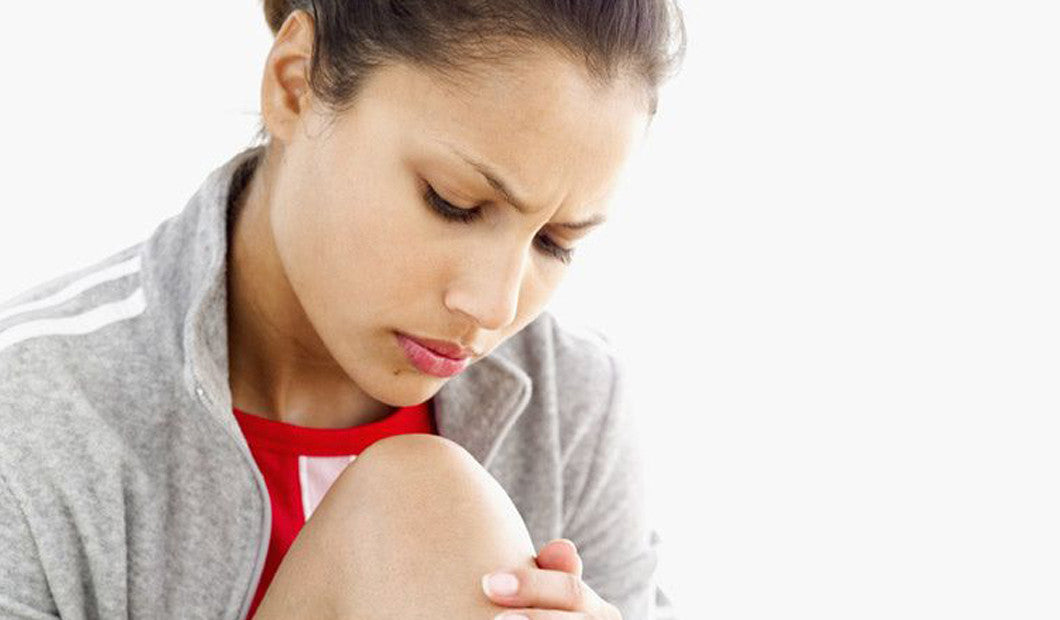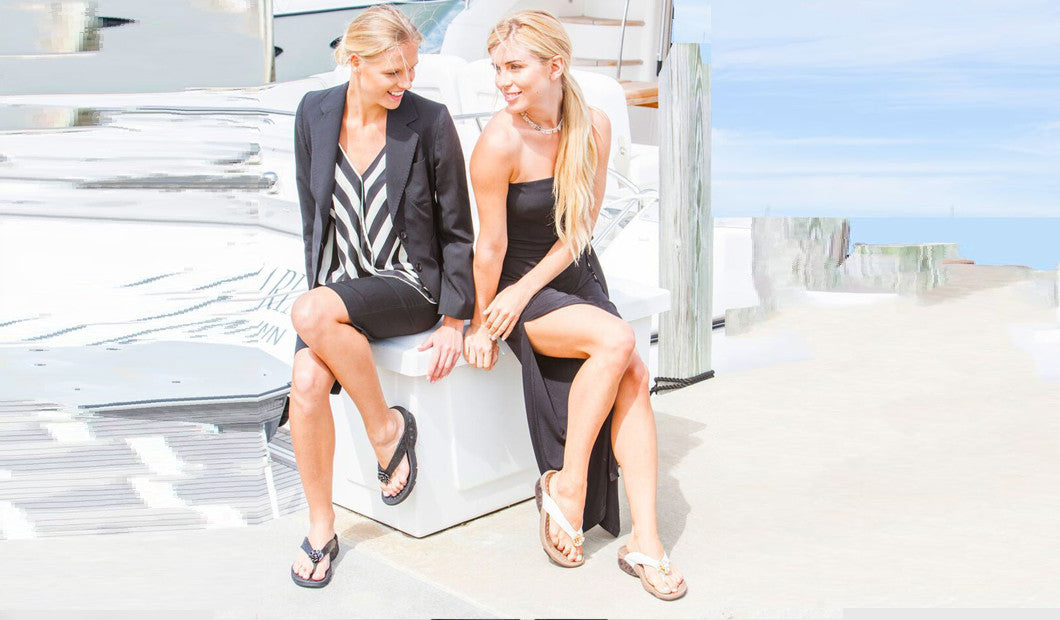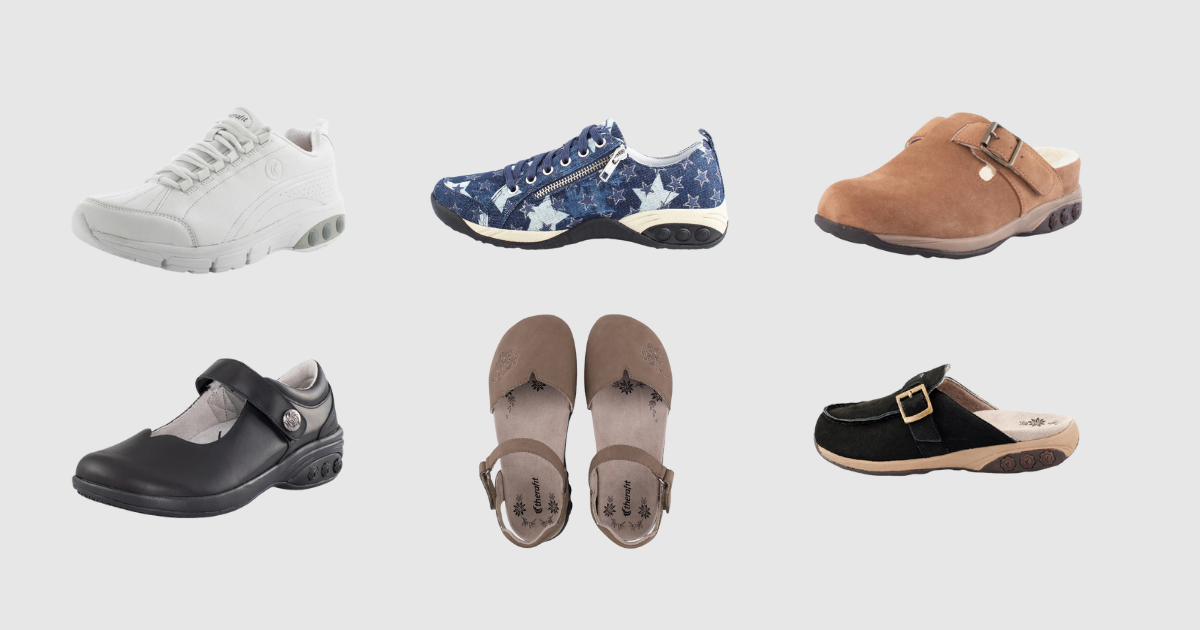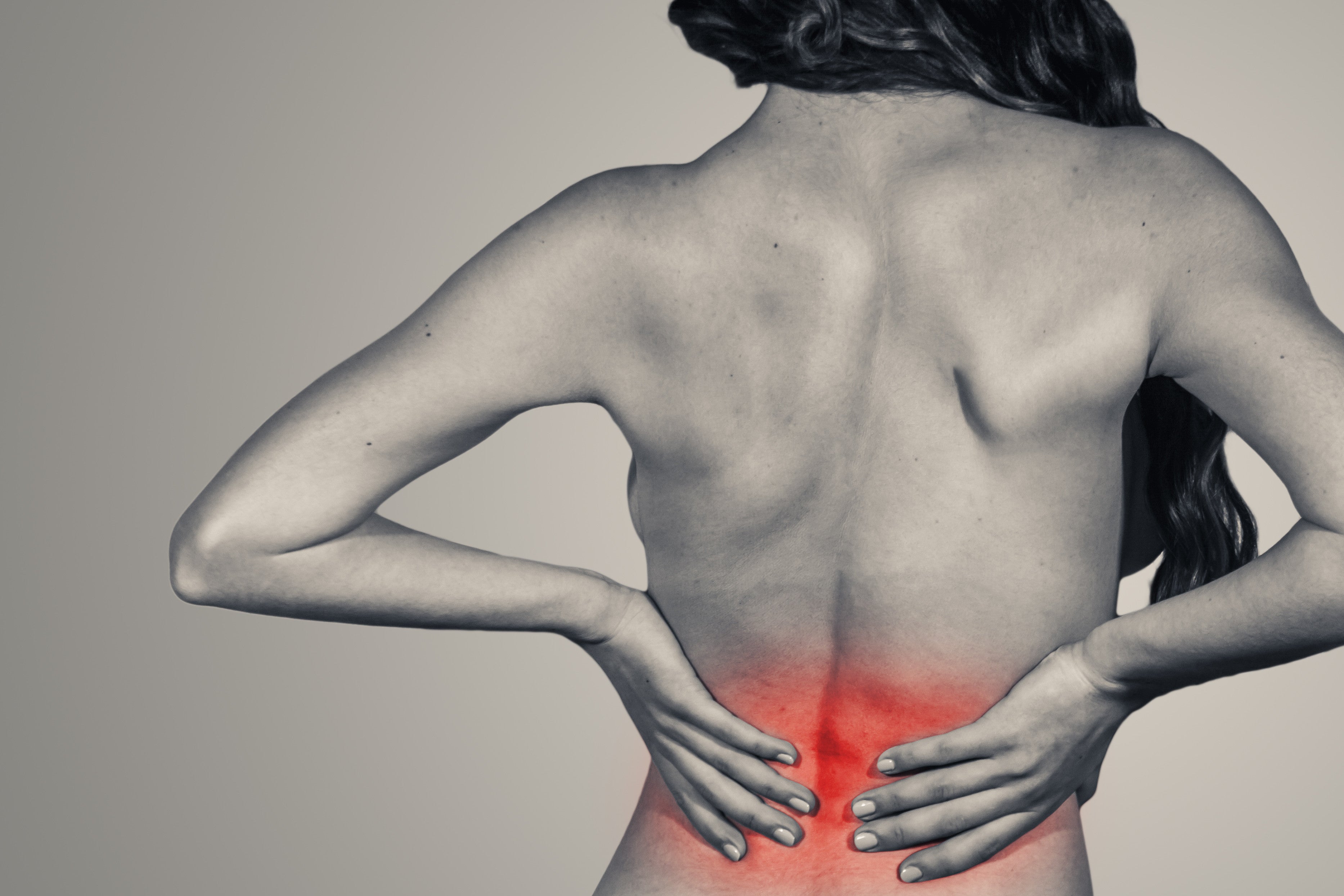Read Me If You Have Knee Pain!


Knee pain can be the result of injury, as well as from mechanical imbalances and other problems. Knee pain can be caused by a variety of factors, including injury, arthritis, overuse, and even poor posture. Identifying the root cause of your knee pain can help you choose shoes that provide the right support and cushioning for your specific needs. Consult with a healthcare professional if you are unsure about the cause of your knee pain.
Every time you flex your knee, the ligaments and muscle tissue of your knee move; when they are inflamed, every movement hurts. Once this tissue is injured it's painful and becomes very difficult to recover 100% without proper treatment.
It is almost impossible to keep from re-straining your knee because even when the pain is gone you still aren't fully healed. But, when the pain disappears, that's when we start using our knee normally again even though it isn't fully healed. We’re never patient enough (nor do we often have the luxury) to stop using it until it’s ready.
We all have responsibilities that demand us to keep going and be active, thus not letting the body properly heal completely. We continually re-injure the area through our daily activities which can even lead to knee replacement surgery later in life should the injury be severe enough.
If your knee swollen, achy or you suspect you may have a serious injury such as a torn ligament or tendinitis, the first thing to do is consult your physician; only your physician can give you a proper diagnosis and from this, determine a course of proper treatment.
While it is not always possible to prevent knee pain, wearing the proper footwear, along with maintaining a healthy weight, building up your leg muscles, and limiting high impact activities can all help to alleviate this problem. Avoiding high-impact exercise such as running, skiing, and playing tennis are essential to the recovery of your knee.
Strengthen your booty.
Common ACL tears (which are eight times more likely in women athletes) can occur when large hip muscles are weak. When the main butt muscle (gluteus maximus) is weak, it causes the pelvis to drop while the upper thigh bone (femur) falls inward. This imbalance creates a painful downward stress on the hip, knee, and ankle every time you take a step.
Hip extensions are a great way to strengthen the glutes. Check out this video to learn how to properly do hip extensions in both standing and prone position.
Strengthen the muscles that support your knees.
Because most of us sit so much throughout the day, our butt muscles weaken, forcing the hamstrings and inner thigh muscles (adductors) to overwork, resulting in compressive force on the knee joint. By stretching these babies out, you decrease the chance that they’ll get tight and cause even more muscle imbalance.
So remember to not only strengthen the naturally weak muscles (butt), but the supporting muscles as well (inner thigh).
Tone that core.
Abdominal weakness causes the pelvis to tilt forward, creating an over-arched back and shifting the leg bones inward. Strengthening the core helps keep your back in a neutral spine position (neither over nor under arched) and places the lower extremities, specifically the knees, in the best possible position for movement without any joint compression.
Old school crunches, Pilates, yoga, and even dance will strengthen your center! Try these ab exercises on a balance ball (for 40% better results woo!)
Maintain a healthy weight.
Being overweight makes men five times more likely, and women four times more likely, to develop knee osteoarthritis. A 10% decrease in weight will result in a 28% increase in knee function (climbing stairs, walking). Every 11 pounds a woman loses, there is a 50 percent decrease in the risk of knee arthritis!
Fat decreases muscle strength, and excess body weight adds strain to knee joints. So engage in some activities that won't add additional impact to your knees like water aerobics, using the elliptical trainer or cycling (with the proper seat height).
Mind your feet!
Wearing high-heeled shoes increases the compressive force on your knee joints 23%. They also encourage tight calf muscles, another common cause of knee pain. A tight calf can pull the foot inward to a position called pronation, which collapses the arch of the foot and causes lower leg to roll inward, placing stress on ankles and knee.
That’s why fashionable shoes that are also smart exist – like us! Stretch out those calves. Support your arches. Be good to your feet that hold you up all day! It's especially important to wear proper shoes when exercising to help evenly distribute weight.
- Therafit Shoes are made to take the shock of each step and distribute it downwards and otuwards
- By Inserting or removing Therafit's Personal Comfort Adapters found in the heel area of each product, you can personally adjust the impact resistance of each step.
 |
 |
 |
 |
| Shop Athletics | Shop Casuals | Shop Sandals | Shop Slippers |
You should also replace your workout sneakers ever 300 miles or so (around every 3 months). This is a safe way to avoid wearing a shoe with poor cushioning support for your arches and joints.
Make Your Whole Body Happy - feet first!
Learn how Therafit Shoes can help ease your back, knee, leg, foot pain!



